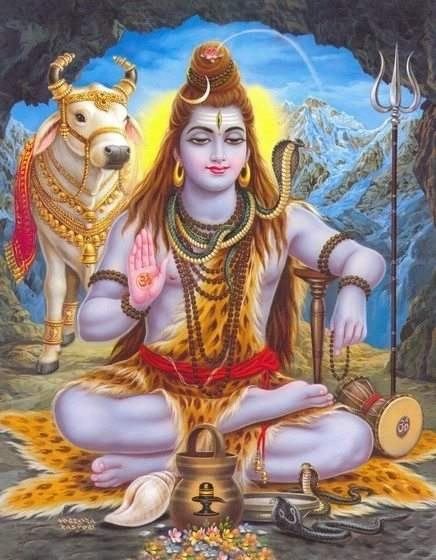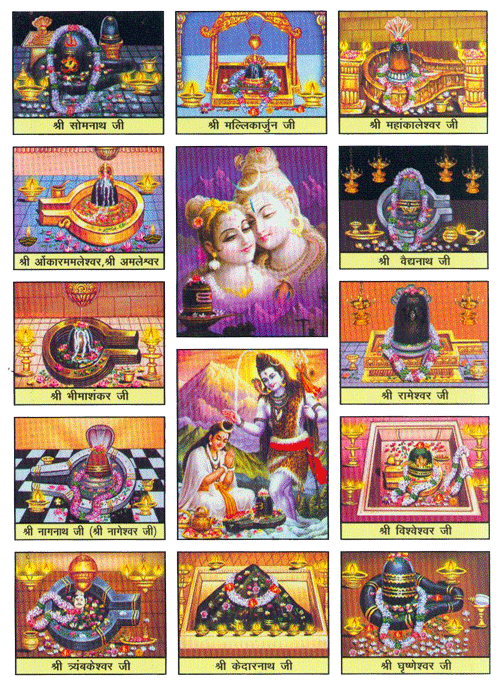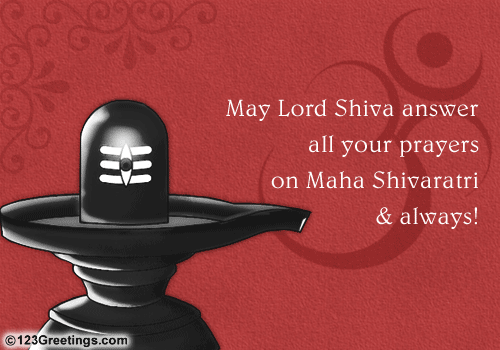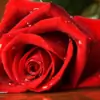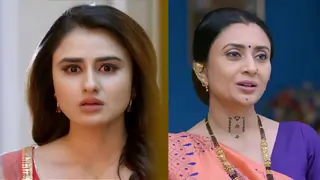





























Origin of Shivratri:
A Festival Significant for Women :
Shiva Rituals:
Bathing the Phallus:
"Om Namah Shivaya!":

Here're three reasons to celebrate Shivratri:
1. The absolute formless God, Sadashiv appeared in the form of "Lingodbhav Moorti" exactly at midnight on Maha Shivratri. That is why all Shiva devotees keep vigil during the night of Shivratri and do "Shivlingam abhishekham" (coronation of the pallic idol) at midnight.Did You Know?
God in his manifestation as Vishnu made his appearance as Krishna at Gokul at midnight, 180 days after Shivratri, commonly known as Janmashtami Thus, the circle of one year is divided into two by these two auspicious days of the Hindi calander.2. Lord Shiva was married to Devi Parvati on Shivratri. Remember Shiva minus Parvati is pure 'Nirgun Brahman'. With his illusive power, (Maya, Parvati) He becomes the "Sagun Brahman" for the purpose of the pious devotion of his devotees.
3. It is also believed that on Shivratri, Lord Shiva became 'Neelkantham' or the blue-throated by swallowing the deadly poison that came up during the churning of "Kshir Sagar" or the milky ocean. The poison was so deadly that even a drop in His stomach, which represents the universe, would have annihilated the entire world. Hence, He held it in His neck, which turned blue due to the effect of poison. Shivratri is therefore also a day of thanksgiving to the Lord for protecting us from annihilation.
The 14th shloka of Shivmahimna Stotra says: "O three eyed Lord, when the poison came up through the churning of the ocean by the gods and demons, they were all aghast with fear as if the untimely end of all creation was imminent. In your kindness, you drank all the poison that still makes your throat blue. O Lord, even this blue mark does but increase your glory. What is apparently a blemish becomes an ornament in one intent on ridding the world of fear."
This Year MahaShivaratri is on Thursday 27th.February-2014
May you all here get the blessing of shiv bholenaath on this auspicious day.









